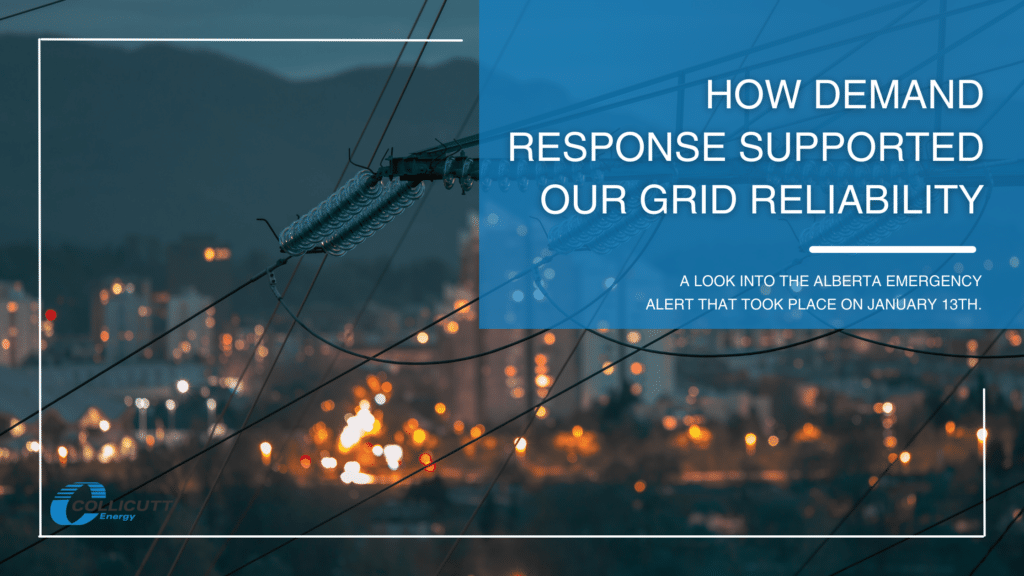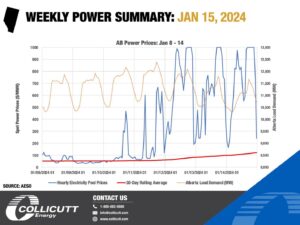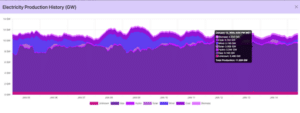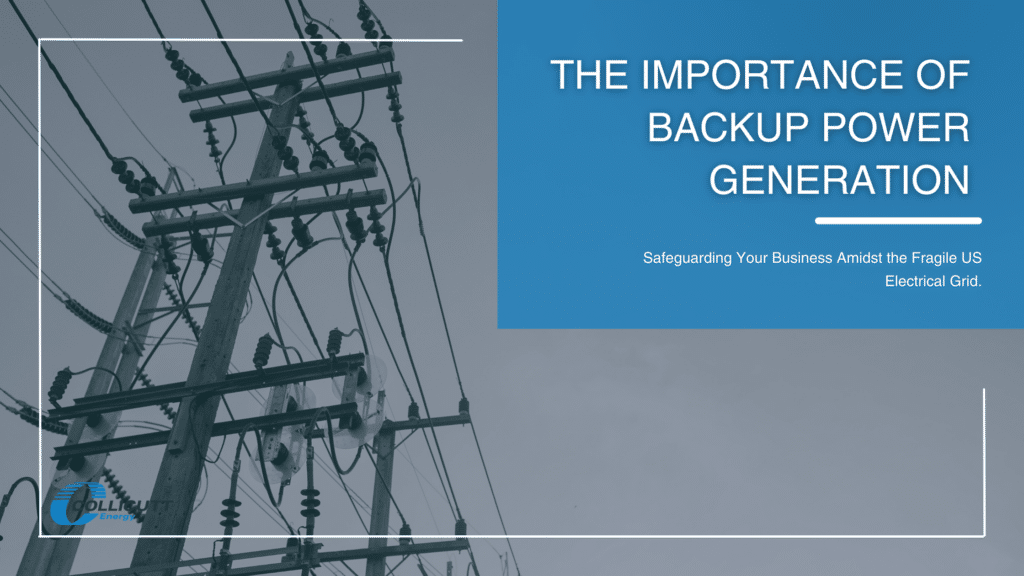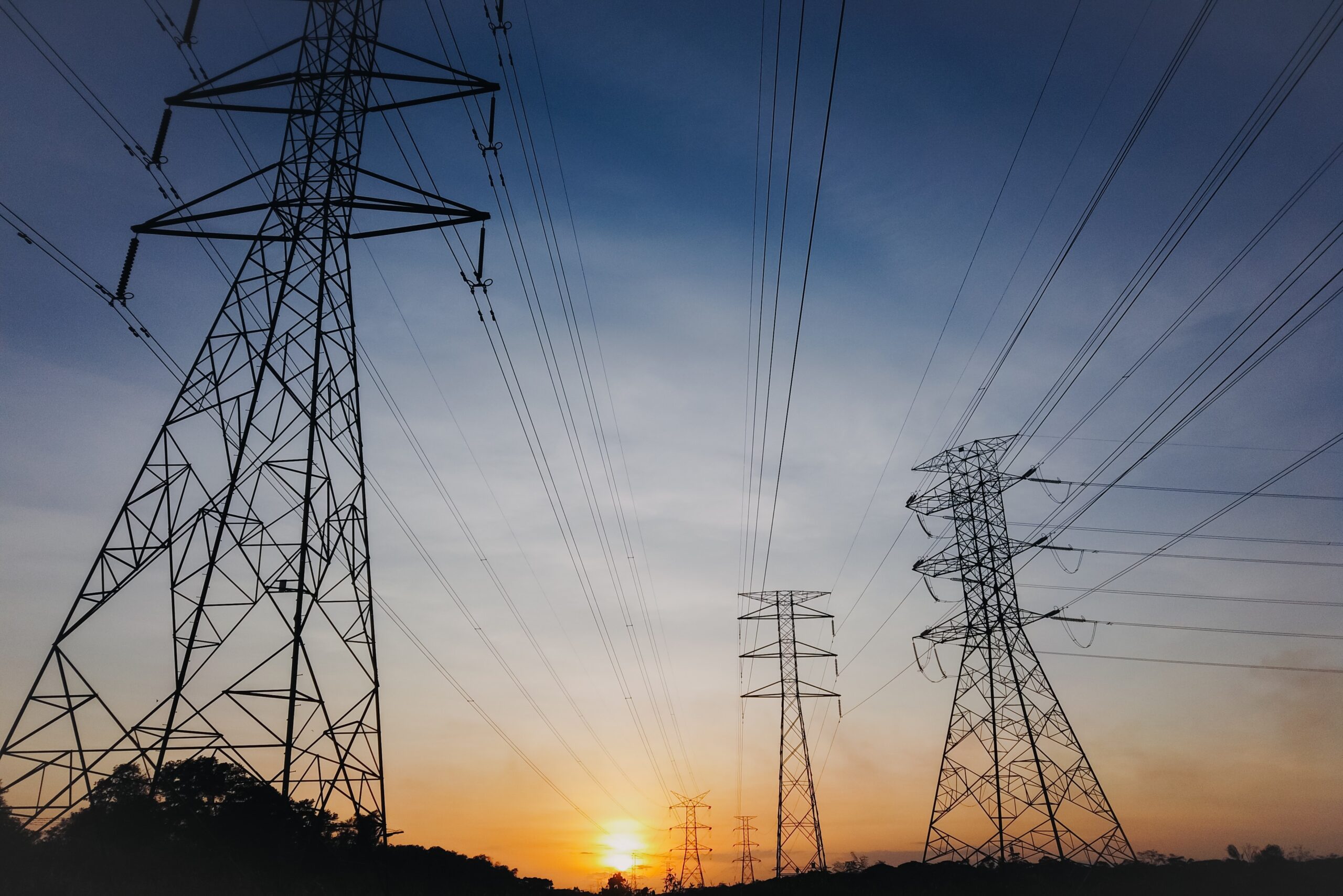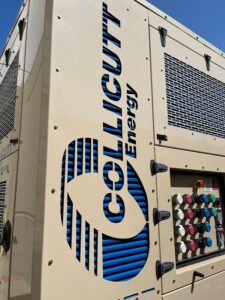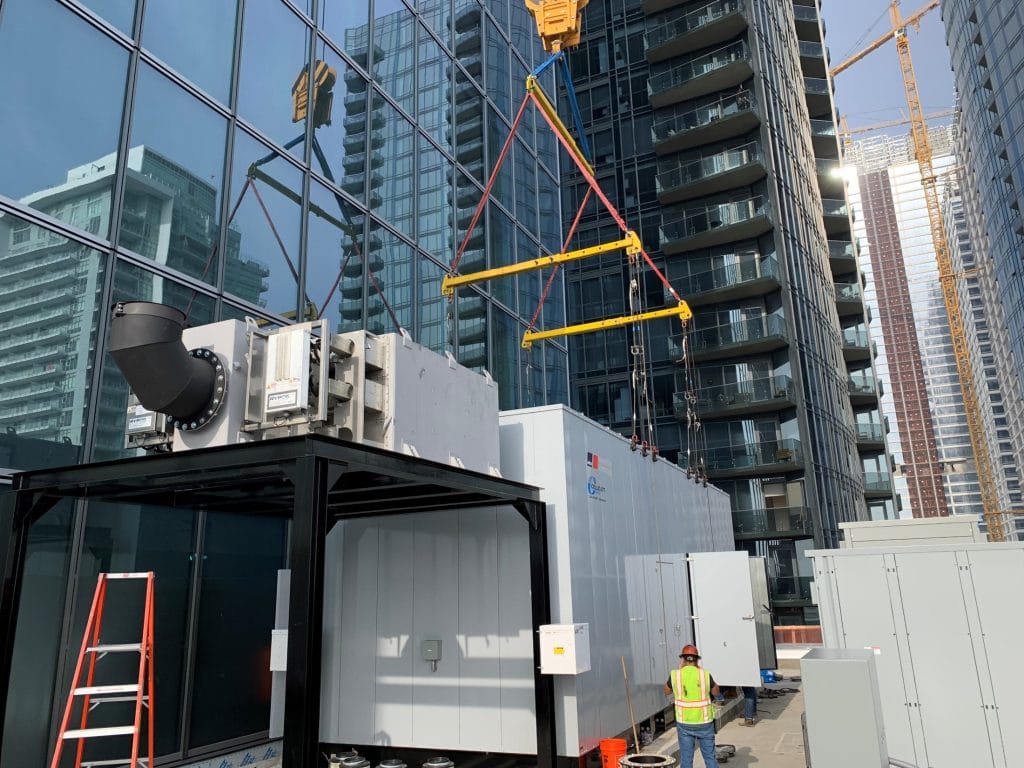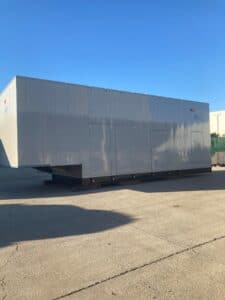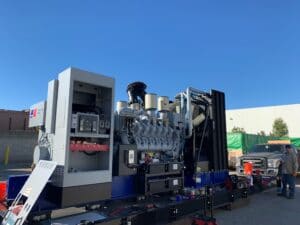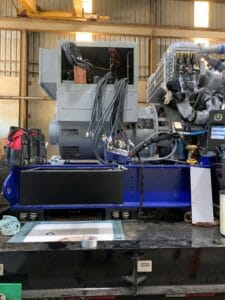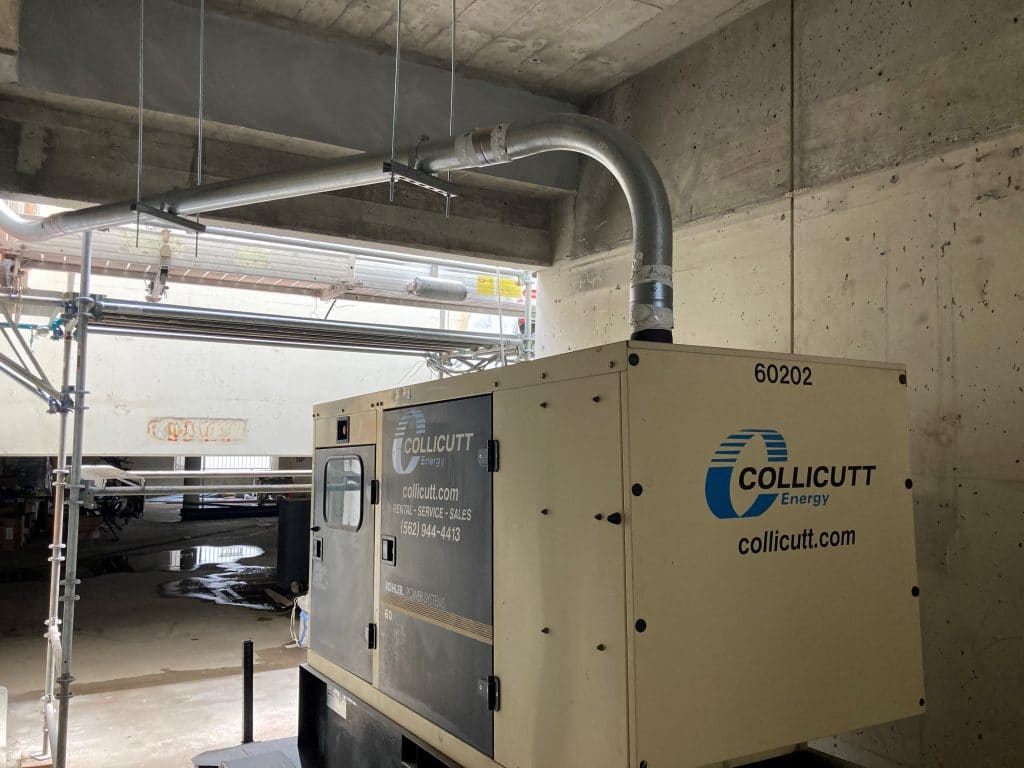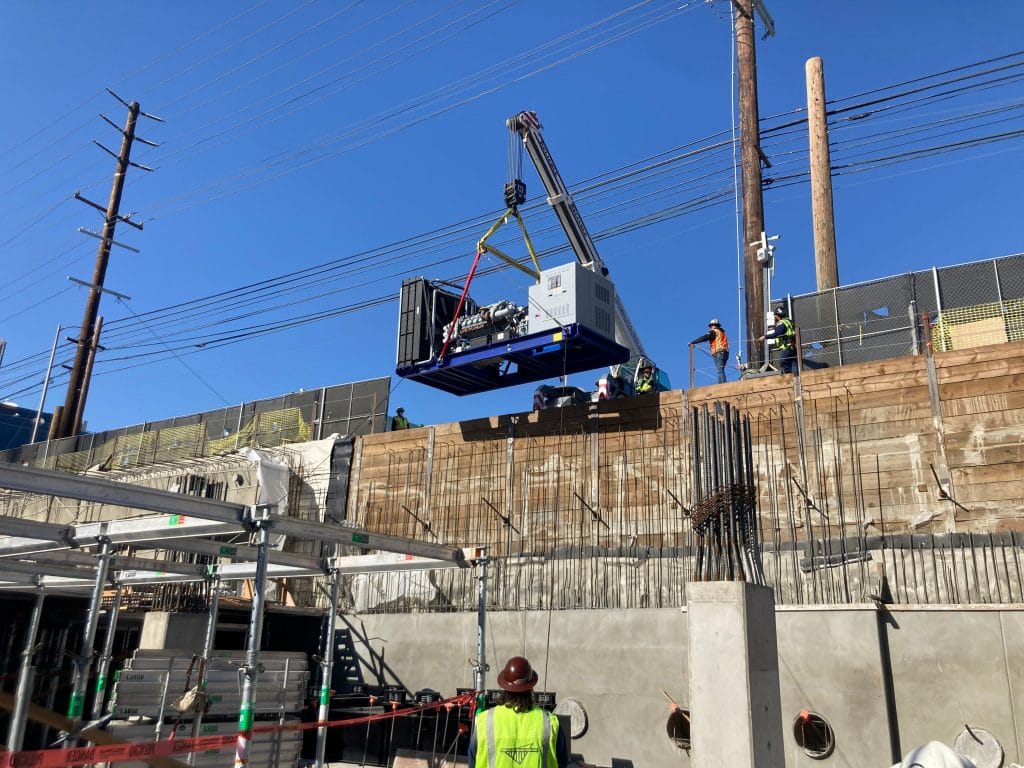Take a moment and imagine that a major power outage has just hit your city. While your competitors scramble around in the dark, your business remains brightly lit and fully operational. Why? Because you had the foresight of installing a remote monitoring package on your backup generators which allowed you to identify potential maintenance issues and get them addressed prior to any grid power outage.
This isn’t just a nice-to-have feature . . . it’s a critical component in safeguarding your business amidst the increasingly unpredictable US electrical grid!
The Silent Menace: Unpredictable Power Failures
Did you know that estimates pin business losses due to power outages in the US at over $30 billion annually? Backup generators may be the first line of defense, but without proper monitoring, they’re kind of like the old tractor stored in the back of a barn . . . it’s simply not going to start when it is needed most!
Remote monitoring solutions take the uncertainty away by providing real-time data and empowering proactive decision-making.
Let’s delve into why this technology isn’t just an option, but a necessity.
Predictive Maintenance: A Crystal Ball for Your Generators
It’s not the unknown we should fear . . . It is being unprepared for the unknown that should be feared.
Traditional generator maintenance operates on a set schedule . . . but what if an impending failure arises between scheduled maintenance? Remote monitoring systems, with properly tuned critical alerts and data trends, function like a crystal ball. They can predict potential issues allowing you to act before the potential issue turns into a costly disaster. For instance, by monitoring; battery voltage, coolant temperature, and fuel level, you can mitigate the risk from three of the top six reasons a generator fails to start.
Cost Efficiency: More Than Just a Penny Saved
The operational cost of your business being down due to a power outage can be enormous. Add to this the lost revenue opportunity because you cannot make or sell anything! For these two reasons alone, it just makes sense to spend a few dollars on a remote monitoring system.
In addition to this, when considering the cost of remote monitoring system, it is important to take into account the cost of an emergency callout during a power outage. This callout can easily be upwards of $1000 to $2000 dollars depending on the generator issue. However, a remote monitoring system allows you to identify many of these issues before they become emergencies so they can be handled as regular maintenance items. Avoiding one emergency callout per year can easily pay for the cost of a remote monitoring system.
So it’s not just about pinching pennies. Resources must be allocated strategically to where they matter most!
Take Action
The choice to implement remote monitoring for your generator moves you and your facility from uncertainty towards assurance and from reactivity to proactivity.
Remote monitoring is not just an upgrade . . . it’s an essential pivot towards operational excellence!
Don’t wait for the next power outage to reveal your back up power generator’s vulnerabilities. Assess your backup power setup and consider how remote monitoring can transform your approach. It’s time to move from playing catch-up to leading the way in operational efficiency and reliability.
For more insights on this transformative approach, contact Collicutt Energy at 888.682.6888. We have a team of experts that would be happy to work with you to evaluate your project and determine the best fit solution for you.
Remember, in the world of backup power, being proactive isn’t just a strategy; it’s a survival imperative.


